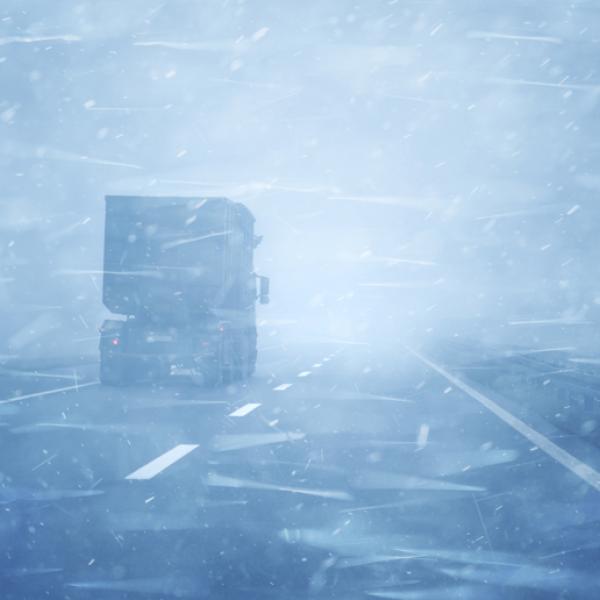With tens of billions of dollars of damage and dozens of lives lost, this autumn’s walloping of the southern U.S. and Caribbean by hurricanes Harvey and Irma was a terrible reminder of the cost of extreme weather events.
But a unique, world-class research facility at Western University is proving that much of the damage caused to homes can be mitigated for as little as the cost of a fast-food meal.
The Insurance Research Lab for Better Homes is a steel hangar enclosing a typical two-storey brick house. Using almost 100 pressure boxes mounted to a steel framework, researchers blast the test home with 320-kilometre-per-hour winds — equivalent to a category 5 hurricane — and record the results using pressure sensors and cameras.
In this way, they have been able to determine that the strength of roof coverings can be doubled by spending about $10 on extra nails, and making sure they are just one centimetre longer than building code guidelines. Investing about $200 on hurricane straps, which are metal braces screwed into the wood to hold the roof onto the rafters, makes the roof structure up to 40 percent stronger.
These kinds of low-tech modifications can be applied in parts of Canada that experience tornadoes. Since the hangar that surrounds the model home is on tracks and can be removed, the facility can also be used to test how the house holds up under heavy snow loads or moisture and mould growth after a heavy rain.
Figuring out where the weaknesses lie in a typical house have allowed researchers to inform better building codes, develop ways to mitigate damage and test new building products. All of this is good news for insurance companies — the Insurance Bureau of Canada invested half a million in the research facility — and also for home owners in Canada and abroad.





